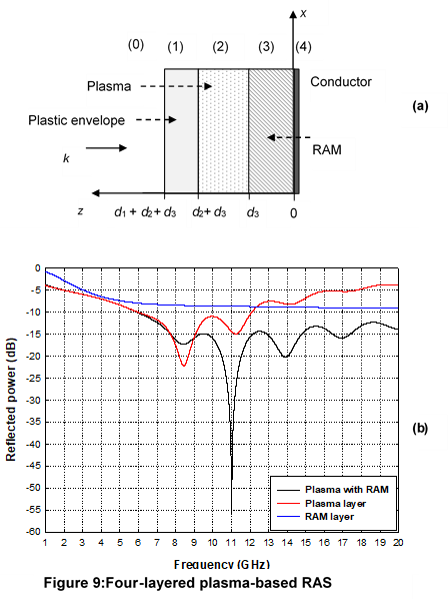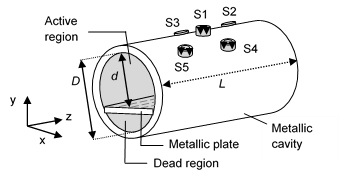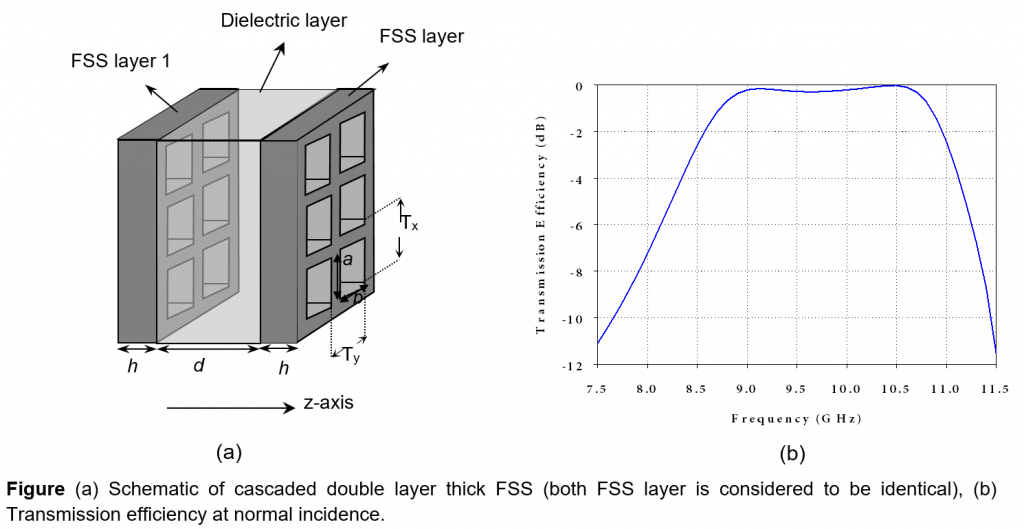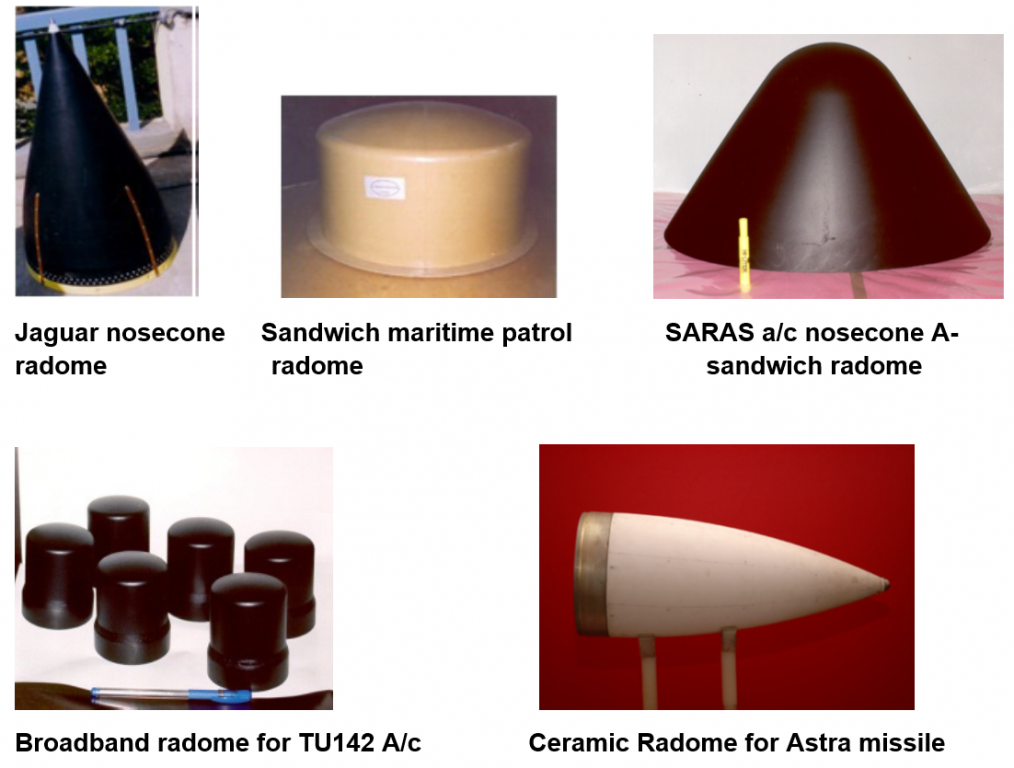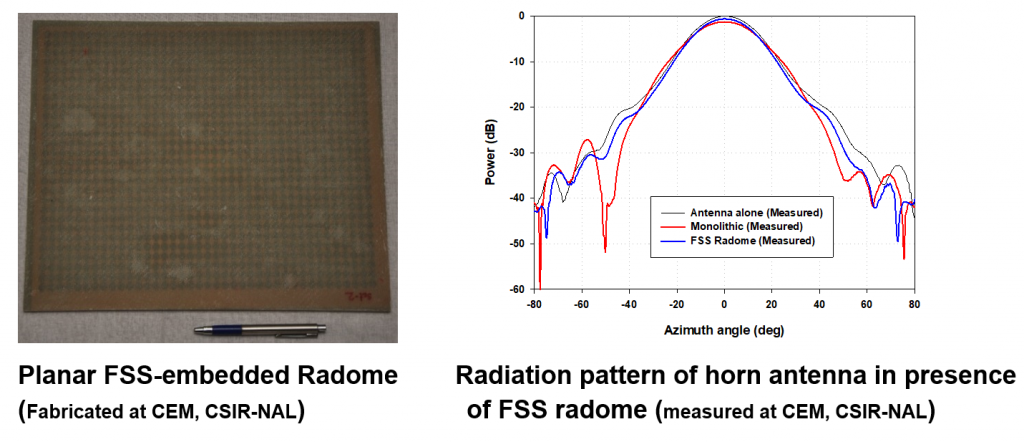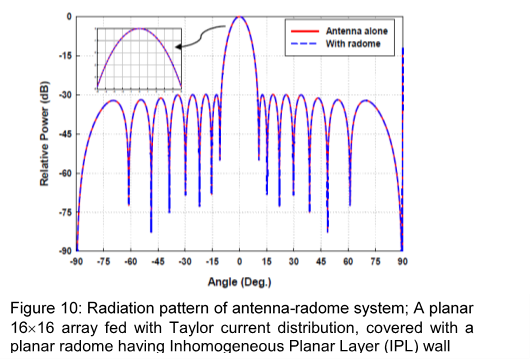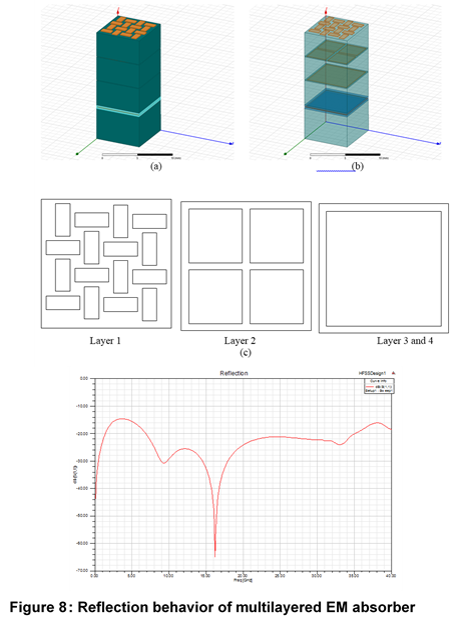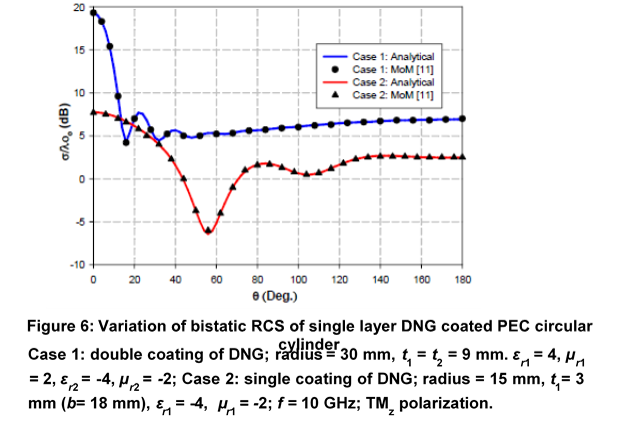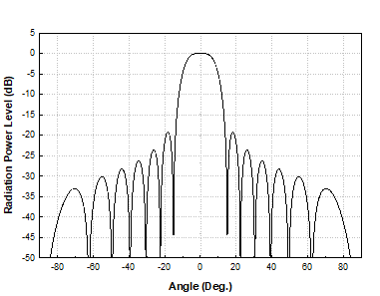
Adaptive Array Processing towards Radiation Pattern Synthesis and Probe Suppression
The synthesis of the radiation pattern of antenna array mounted on the platform (planar/non-planar) has been done using efficient adaptive algorithm. Various adaptive algorithms have been explored, so as to get fast and accurate weighting for the generation of adapted pattern. These algorithms include sample matrix inversion (SMI) algorithm, weighted least square algorithm, least mean square (LMS) algorithm and its variations, recursive least square algorithm, etc. Different geometric configurations of phased array such as linear, planar, triangular, cylindrical, and conical arrays have been considered. Both uniform and uniform inter-element spacing have been taken into account. The modified improved LMS algorithm has been developed towards control of radiation characteristics of phased array (Figure 2) and probe suppression in simultaneous multiple signal environment. The effect of mutual coupling on the active cancellation of probing in adaptive arrays (Figure 3) has been analyzed. Parametric analysis of array performance is done extensively. These array parameters include number of elements, inter-element spacing, aspect angle, number of impinging signals, multipath effect, correlation, bandwidth, correlation, etc. The software code is indigenously developed for each algorithm towards pattern synthesis, controlled beam steering, and interference suppression. The PSO-based optimization algorithm has been integrated to adaptive array processing towards improvement in array performance.
Specifications:
- Software code development for adaptive algorithms:
- Sample matrix inversion (SMI) algorithm
- Weighted least square algorithm
- Recursive least square algorithm
- Standard LMS algorithm
- Structured gradient LMS algorithm
- Improved LMS algorithm
- Modified improved LMS algorithm
- Constrained Kalman filter based adaptive algorithm
- Constrained Least Square Algorithm
- Phased array configuration considered:
- Linear array
- Planar rectangular array
- Planar triangular array
- Circular array
- Non-planar cylindrical array
- Non-planar conical array
- Controlled beam steering (Video1)
- Mutual coupling included.
- Multipath effect, i.e. correlation between impinging signals can be handled.
- Single/multiple, narrowband/wideband, impinging signals
Facilities where this technique is used:
- F1: CSIR National Facility: Adaptive Antenna Facility
- Smart antenna design and development for defence applications, such as electronic warfare
- Automobile antenna design and development towards collision avoidance
Major mile stones / results of this technique:
- Indigenously developed software codes for adaptive algorithms
- Software copyrights
- CSIR-NAL Phased Array Pattern Synthesis Code (SW-6286/2013)
- CSIR-NAL Controlled Beam Steering in Planar and Non-Planar Phased Array Code (SW-6415/2013)
- CSIR-NAL Active Cancellation of Multiple Narrowband/ Wideband Probing Sources in Sidelobe Cancellers (S/w Code Ref.: 24/CR/2011)
- CSIR-NAL Active Cancellation of Probing in Phased Arrays code S/w Code (Filed on 22.05.2015)
- CSIR-NAL Active Cancellation of Multiple Narrowband/ Wideband Probing Sources in Sidelobe Cancellers (S/w Code Ref.: 24/CR/2011)
- Books
- Hema Singh, N. Bala Ankaiah and Springerbrief in Electrical and Computer Engineering-Computational Electromagnetics, ISBN: ,
- Hema Singh, Mausumi Dutta, Neethu P.S., Probe Suppression in Conformal Phased Array. Springerbrief in Electrical and Computer Engineering-Computational Electromagnetics, ISBN: 978-981-10-2272-2, 51p., 2016.
- Book Chapter
- Hema Singh and R.M. Jha, “Smart Antennas for : Adaptive Algorithms for Acceleration,” Chapter 24, pp. 439-509, CRC Press, USA, (ISBN 978-1-4398-6300-8), 804 p., 2013.
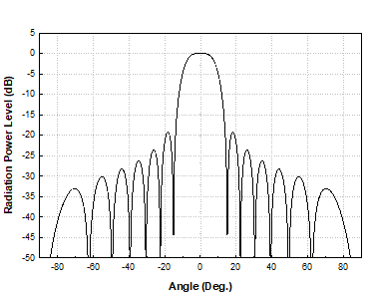
Figure 2: Pattern for a 16-element array with flat top (-10o to 10o) using Weighted Least Square Adaptive Algorithm
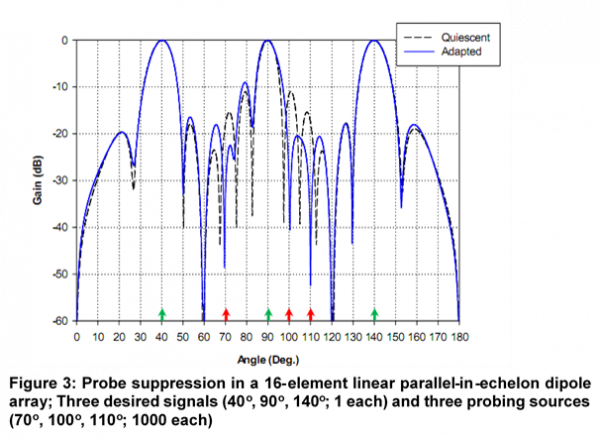

 English
English हिन्दी
हिन्दी